People Hate Daylight Saving. Science Tells Us Why.
In the summer of 2017, when communication professor Jeffery Gentry moved from Oklahoma to accept a position at Eastern New Mexico University, he was pleasantly surprised to find it easier to get up in the morning. The difference, he realized, was early morning light. On September mornings in Portales, New Mexico, Gentry rose with the sun at around 6:30 a.m., but at that time of day in Oklahoma, it was still dark.
As the Earth rotates, the sun reaches the eastern edge of a time zone first, with sunrise and sunset occurring progressively later as you move west. Gentry’s move had taken him from the western side of Central Time in Oklahoma to the eastern edge of Mountain Time. Following his curiosity into the scientific literature, he discovered the field of chronobiology, the study of biological rhythms, such as how cycles of daylight and dark affect living things. “I really just stumbled upon it from being a guinea pig in my own experiment,” he said.
In 2022, Gentry and an interdisciplinary team of colleagues added to that body of research, publishing a study in the journal Time & Society that showed the rate of fatal motor-vehicle accidents was highest for people living in the far west of a time zone, where the sun rises and sets at least an hour later than on the eastern side. Chronobiology research shows that longer evening light can keep people up later and that, as Gentry found, morning darkness can make it harder to get going for work or school. Western-edge folks may suffer more deadly car wrecks, the team theorized, because they are commuting in the dark while sleep deprived and not fully alert.
With all the hullabaloo over the health and safety of setting clocks forward an hour in the spring for Daylight Saving Time (DST) and back in the fall with Standard Time (ST), could where you live in a time zone actually have a more profound effect? I asked Gentry. “That’s very possible,” he said.
Time researchers make this point, and research results and public opinion polls reflect it: Something is awry about the way we mark time. Those problems start with the annual toggle between DST and ST. In these days of sharp division, poll after poll finds most people unified in their dislike of switching clocks back and forth with the season. However, the question of whether to stick with ST or DST year-round once again sends people to different camps.
Scientists generally advocate for permanent ST, or “natural time,” as Gentry calls it because it better aligns people’s schedules with the sun year-round. “People who study the issue are all in agreement,” he said. On the other hand, public opinion on both sides of the Atlantic tends to favor permanent DST — and many politicians agree — perhaps because of the positive associations with summer sunshine. (A bill to make that switch passed the U.S. Senate unanimously in 2022, but then stalled in the House; a new version was recently reintroduced.)
Scientists generally advocate for permanent standard time because it better aligns people’s schedules with the sun year-round.
Some scientists have fired back that such a move would be a grave mistake: The German newspaper Die Welt quoted pioneering chronobiologist and sleep researcher Till Roenneberg warning that permanent DST would make Europeans “dicker, dümmer und grantiger” (fatter, dumber, and grumpier).
The conflict over DST versus ST makes for grabby headlines and engaging social media posts. But focusing on the clash misses the bigger questions about how we choose to mark time. A close look at the research reveals not only uncertainties about the effects of DST, but also about other factors, such as how time zones are drawn and, possibly most important, how structuring our schedules around light and dark could have a profound impact on health and safety.
“We absolutely need to think about our time,” said Beth Malow, a neurologist and director of the sleep division at Vanderbilt University Medical Center. “And how are we going to actually figure this out as a country?”
The 24-hour cycle of light and dark created by the Earth’s rotation is the force that rules our lives. Homer’s rosy-fingered dawn is what chronobiologists call a zeitgeber, German for “time giver” — a natural signal that touches off cyclical processes in the body governing our internal clocks. Morning light, for example, cues our bodies to ramp up production of cortisol, a hormone that helps us feel awake and alert. Meanwhile, as cortisol dwindles through the evening, darkness triggers the sleep-promoting hormone melatonin.
In the language of chronobiologists, the biological clock rhythms of humans and other animals are entrained, or synchronized, to the solar clock.
Humans have devised schemes such as time zones and Daylight Saving Time to optimize their interactions with these natural cycles of light and dark. But the match between time policy and the zeitgeber is often imperfect.
When we set clocks forward with DST in the spring, many people suddenly have to get up for school or work before the light has jumpstarted physiological processes associated with wakefulness. Cortisol levels peak about an hour later during DST according to a 2014 Australian study. Then, at the other end of the day, people have to go to bed before hours of darkness have signaled to their body that it’s time to sleep.
Humans have devised schemes such as time zones and Daylight Saving Time to optimize their interactions with the natural cycles of light and dark.
The abrupt change, especially to DST in the spring, can wreak havoc on health and safety. In a 2020 commentary for JAMA Neurology, Beth Malow and colleagues outline evidence for negative health effects during the DST transition, including less and poorer quality sleep, an increased risk of stroke and heart attack, and a decreased sense of well-being, particularly for men who work full time.
In addition, although the research on road safety is mixed, some studies find an uptick in traffic accidents and fatalities in the days after the DST switch.
However, those bad effects are fleeting. The longer-term impact of DST is hard to research because the amount of sunlight changes with the seasons. Only one study has directly compared permanent DST to permanent ST: a seven-year study of students aged 10 to 24 living in northwestern Russia when the government mandated a switch from seasonal DST to year-around DST in 2011 — and then switched again, to permanent ST, in 2014.
Permanent DST meant that the sun also rose and set later in the winter. Results published in 2017 associated year-round DST with a greater likelihood of feeling down in the winter as well as sleeping later on weekends, a phenomenon known as social jet lag. Chronobiologist Till Roenneberg and colleagues coined the term nearly two decades ago to describe the chronic sleep deprivation that people experience when they have to get up for school or work before they would awaken naturally.
“Social jet lag is the umbrella term for not being able to live in sync with one’s biological time,” said Roenneberg. He likens wakening with an alarm to stopping the washing machine before the cycle is complete: “All we get is wet and dirty laundry,” he said. “And that’s what we get in our body.”
Social jet lag is an artifact of our modern world. Nearly half of U.S. adults sleep at least an hour later when they have the chance, according to a study published in JAMA Network Open in 2022. And research suggests that the phenomenon is especially pronounced in adolescents due to both biology — melatonin release tends to be delayed in that age group, for example — and environmental factors such as late nights on electronics and early school-start times.
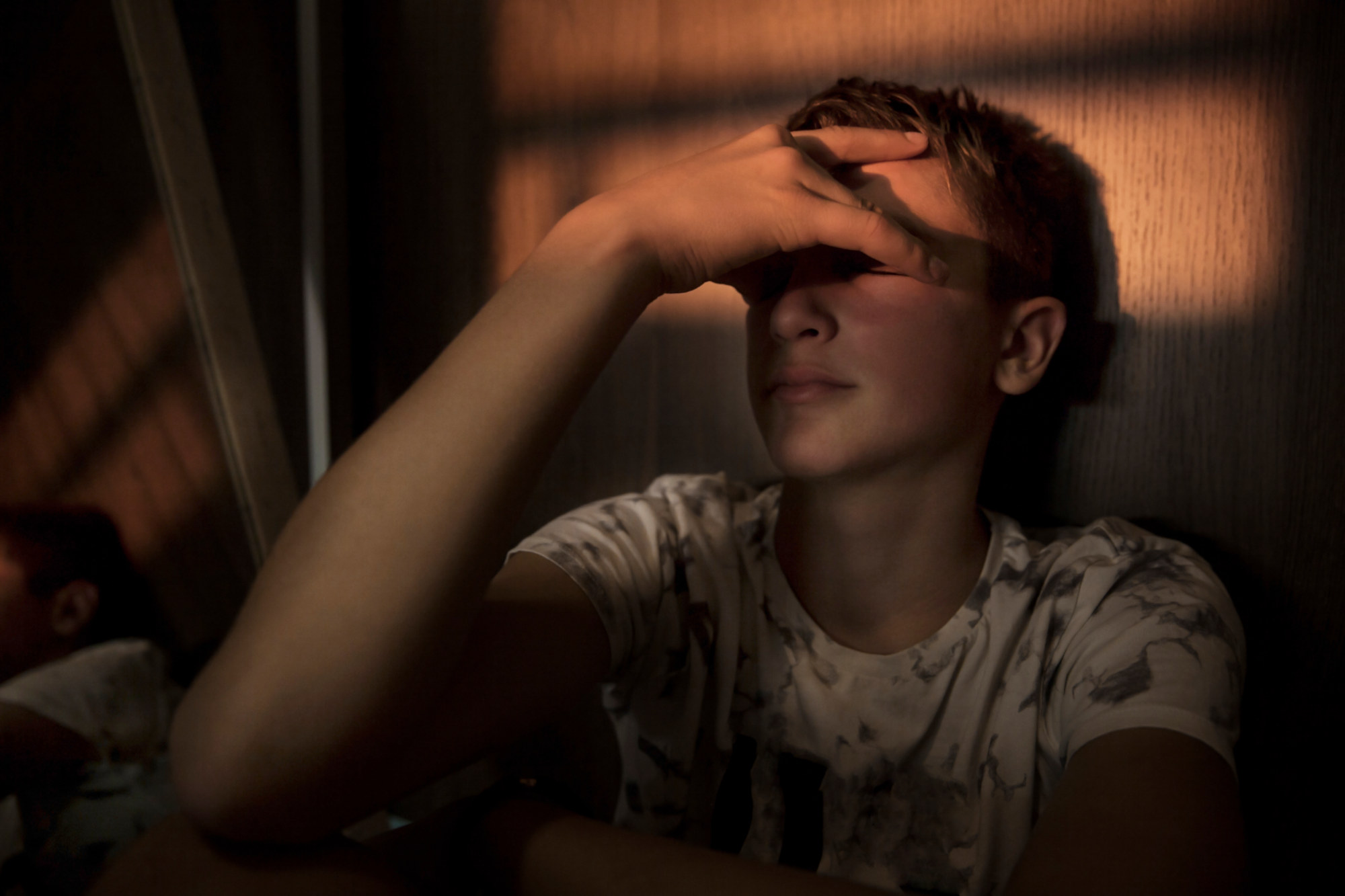
Research by Roenneberg and others have associated social jet lag — and the sleep deprivation it reflects — with smoking and consuming higher amounts of alcohol and caffeine as well as a range of ill health effects including obesity, metabolic syndrome (a group of health conditions that increase the risk of heart disease, stroke, and type 2 diabetes), risk factors for heart disease, and depression. Studies have also linked social jet lag to worse academic performance for high school and college students.
In a thorough review, Roenneberg and colleagues argue that by pushing sunrise and sunset an hour later, permanent DST is bound to worsen social jet lag. But the Russian study is the only direct evidence of that link, and it’s uncertain whether those effects, which the Russian researchers characterize as “small or very small,” apply to older age groups or people living where the cycles of light and dark are less extreme. In Vorkuta, one of three cities in the study, for example, the sun never rises for a time in the winter and never sets for six weeks in the summer.
Like all of the researchers I spoke with for this story, Derk-Jan Dijk, a sleep and physiology professor at the University of Surrey in England, sees potential harm in permanently setting our clocks an hour ahead because in the winter many people would have to start their day in darkness . “Any schedule that implies that you have to get up before sunrise may cause problems,” said Dijk. But he also doesn’t like to overstate the case against DST, especially when we observe it seasonally.
“The entire discussion about Daylight Saving Time and how bad it is upsets me a little bit,” he told me. The slight effects seen during the transition to DST in the spring and then back to ST in the autumn, quickly disappear he noted. “There is no good evidence that during the entire summer, when we are on Daylight Saving Time, everything is worse,” he said. “I don’t think the evidence is there.”
Polls show that we generally dislike mucking with time twice a year. Nearly two-thirds of Americans want to eliminate the changing of clocks, according to a nationally representative survey of 1,500 U.S. adults conducted by The Economist magazine and market research company YouGov in 2021.
Permanent DST enjoys bipartisan support among many political leaders in the U.S. In a document supporting the Sunshine Protection Act, Sen. Marco Rubio, Republican of Florida, cites evidence that DST promotes health, safety, recreation, commerce, and energy savings. However, some of that research focuses on the harms of switching back and forth, so one could also use it to support year-around ST.
In other cases, Rubio cherry picks studies showing benefits to DST while ignoring contradictory research. A 2020 report from the Congressional Research Service prepared for members of the U.S. Congress did not find substantial evidence that DST improves health and safety or that it reduces energy consumption by much — if at all.
And, in drumming up supportive evidence, the permanent DST camp hits the same wall as the eliminate DST camp: Researchers haven’t sufficiently studied the effects of year-around DST.
In a controversial 2020 perspective for the journal Clocks & Sleep, sleep scientists Christina Blume and Manuel Schabus call on the scientific establishment to own up to uncertainties in the existing data and to do the research needed to fill those holes. Still, even Blume acknowledges that taken as a whole, the available data makes a decent case that changing clocks to shift light from the morning to the evening could be bad for our health and safety.
“We all agree as researchers that the safer option is to go for perennial Standard Time,” said Blume, a postdoctoral researcher at the University of Basel in Switzerland.
The nonprofit organization Save Standard Time lists endorsements from more than 30 sleep-science and medical organizations — including the American Academy of Sleep Medicine, the American Medical Association, and the American Academy of Neurology among others — in addition to individual scientists and researchers.
Here, I feel compelled to note that the last time we tried permanent DST, it didn’t go well. In attempt to conserve energy, Congress established a trial period of year-round DST in late 1973. But public approval dropped precipitously as Americans faced the reality of dark winter mornings. By October 1974, the country had reverted to four months of yearly ST.
The disconnect between the perception and reality arises because of how we think and talk about the seasons and time change, said neurologist Malow, who testified before the U.S. Congress about the benefits of permanent ST. “People have associated being on standard time, with it being cold and winter and dark,” she said. Meanwhile “springing forward” coincides with the return of warmer, longer days.
But, of course, DST doesn’t buy you more light. Winter days are short and summer days are long regardless of how you mark time.
In addition to DST, other factors about how we control light and time in our environment — how we draw time zones, use artificial light, and set school and work schedules — affect our relationship to the solar clock as well as health and safety.
To understand time zones, it helps to go back to basic geography. The Earth rotates all the way around in 24 hours. Imagine longitude lines running north and south separating the globe into 24 segments, each marking one hour’s rotation. Time zones roughly follow those longitude lines. As the Earth rotates, the sun rises and sets first on the eastern edge of a time zone, and then about an hour later on the western edge.
Things gets interesting on either side of a time-zone boundary, where the sun position is essentially the same, but the clock time is different. In late January, for example, the sun sets around 6:10 p.m. in Columbus, Georgia in Eastern Time, but at 5:10 p.m. just over the time-zone border in Auburn, Alabama.
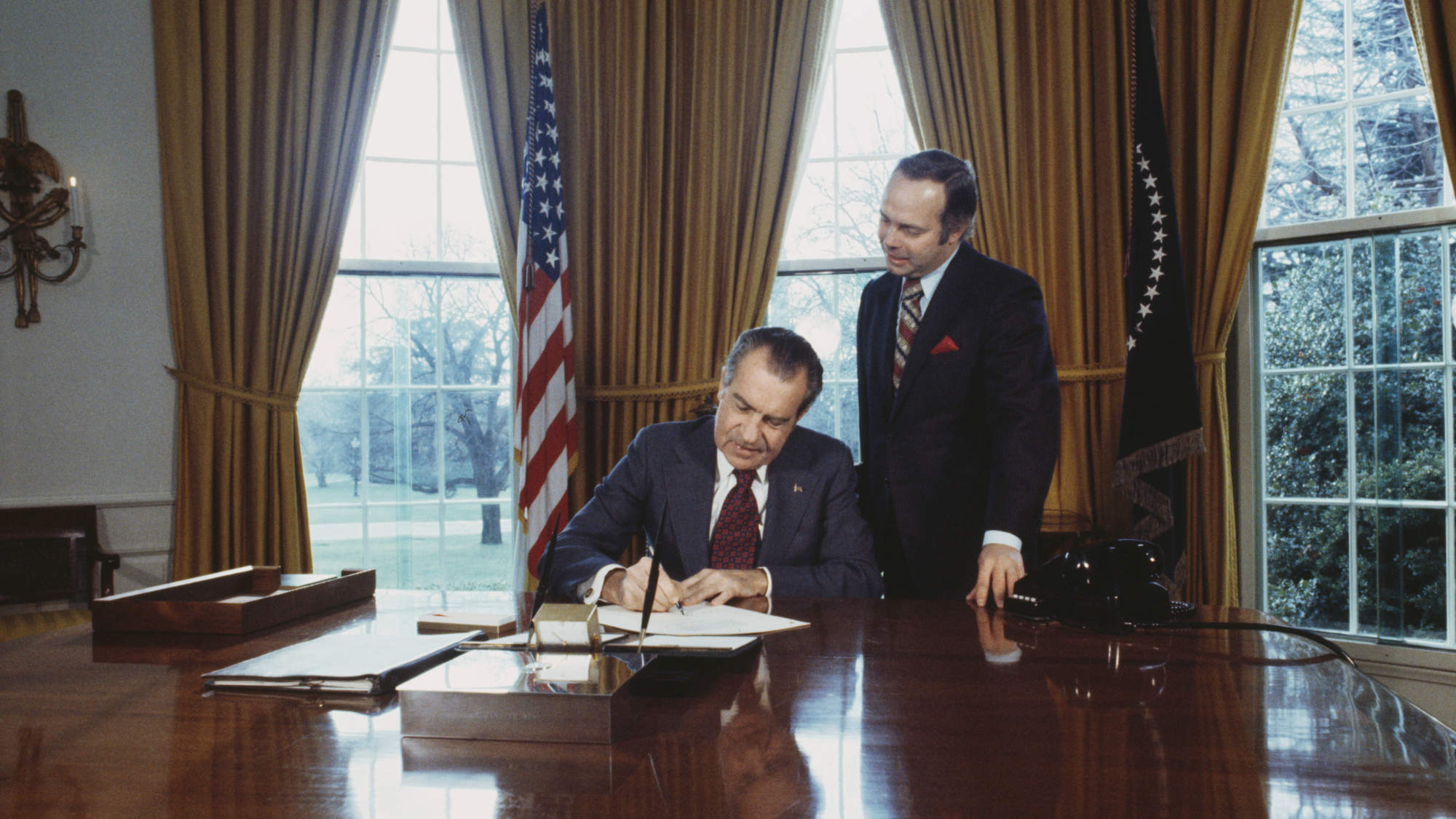
People living on the late-sunset side of a time-zone border, like those in Columbus, tend to go to bed later, sleeping an average of around 20 minutes less each night than those on the early-sunset side, like those in Auburn, according to a 2019 study published in the Journal of Health Economics. Drawing on large national surveys and data from the Centers for Disease Control and Prevention, researchers found that health outcomes associated with sleep deficiency and social jet lag were worse for the late-sunset folks. Their wages were also about 3 percent lower than those of early-sunset people, who, better rested, were presumably more productive.
“The effects are larger when you zoom in really close the border,” said study co-author Osea Giuntella, an economics professor at the University of Pittsburgh.
Seasonal changes, including the shift to DST in the spring, didn’t have a significant effect. Giuntella said that it’s possible that where you live in a time zone could have a bigger effect than DST, but he couldn’t be sure because DST wasn’t a focus of the study. That would be harder to study, he noted, as the time change typically affects people on both sides of a time-zone border. (Arizona is the only state in the continental U.S. that does not observe DST.)
Compared to people living with more light in the morning and less in the evening, ETL dwellers may not sleep as long or as well and may be less sharp for their morning commute.
Another tricky aspect of time zones is that they don’t strictly adhere to longitude lines, but instead meander to accommodate city and state boundaries. In the U.S., all the time zones except Pacific Time encompass areas west of what would be the natural time-zone boundary. Communication professor Jeffery Gentry and a team that included Eastern New Mexico University professors with expertise in geography, biology, and education have dubbed those regions west of the geographic time zone “eccentric time localities,” or ETLs.
In these ETLs, sunrise and sunset time may occur more than an hour later than the eastern side of the time zone. For example, geographically, Marquette, Mich., should be in Central Time, but instead the city lies in an ETL in Eastern Time. In late October, the sun rises at around 7:10 a.m. Eastern Time in Bangor, Maine, but not until around 8:30 a.m. in Marquette.
Gentry and colleague’s analysis of more than 400,000 fatal traffic accidents that occurred between 2006 and 2017 showed that ETL residents suffered a 22 percent higher fatality rate than those living elsewhere in the time zone. If the death rate in ETLs had been the same as the rest of the time zone, they would have experienced about 15,000 fewer fatalities over 12 years, according to the analysis.
The most likely explanation, according to the researchers, is that people in ETLs are forced to keep schedules that are out of sync with cues from the solar clock — what the authors call “dysfunctional social time.” Compared to people living with more light in the morning and less in the evening, Gentry told me, ETL dwellers may not sleep as long or as well and may be less sharp for their morning commute.
Support Undark Magazine
Undark is a non-profit, editorially independent magazine covering the complicated and often fractious intersection of science and society. If you would like to help support our journalism, please consider making a donation. All proceeds go directly to Undark’s editorial fund.
The authors accounted for differences in urban and rural areas, but not for other factors linked to traffic accidents such as speed limits, drunk driving, and road conditions. Still, Gentry said that the strength of the study is the size and completeness of the data set, meaning that small regional differences are unlikely to affect the overall results. “We eliminated everything we could and we still have a pretty stark number here,” said Gentry.
Gentry would like to see time zones redrawn. But other policy fixes could help as well. The authors didn’t explore whether accidents varied by season, but they found evidence from other research strong enough to presume that DST magnifies the potential harm of living in an ETL. Gentry said that notion leaves him hopeful because he views DST as simple enough to fix. “I’m more positive that if Daylight Saving Time were eliminated, that we might save quite a few lives.”
The focus on issues like DST and time zones, some researchers say, can overlook another key part of the time policy puzzle.
In our artificially lit world, our internal clocks are affected by far more than sunrise and sunset. No doubt, the sun is the strongest zeitgeber, but artificial light also affects our internal clocks, said sleep researcher Derk-Jan Dijk. He dismissed the notion that humans are entrained solely to the sun as a romantic idea. “We, to a large extent, have divorced our activity schedules from the natural light-dark cycle,” he said.
A body of research shows that even dim light can suppress melatonin production and delay sleep. Blue light from fluorescent lights and our ubiquitous screens, which has the shortest wavelength and highest energy of light that the human eye can see, has a particularly powerful effect on circadian rhythms.
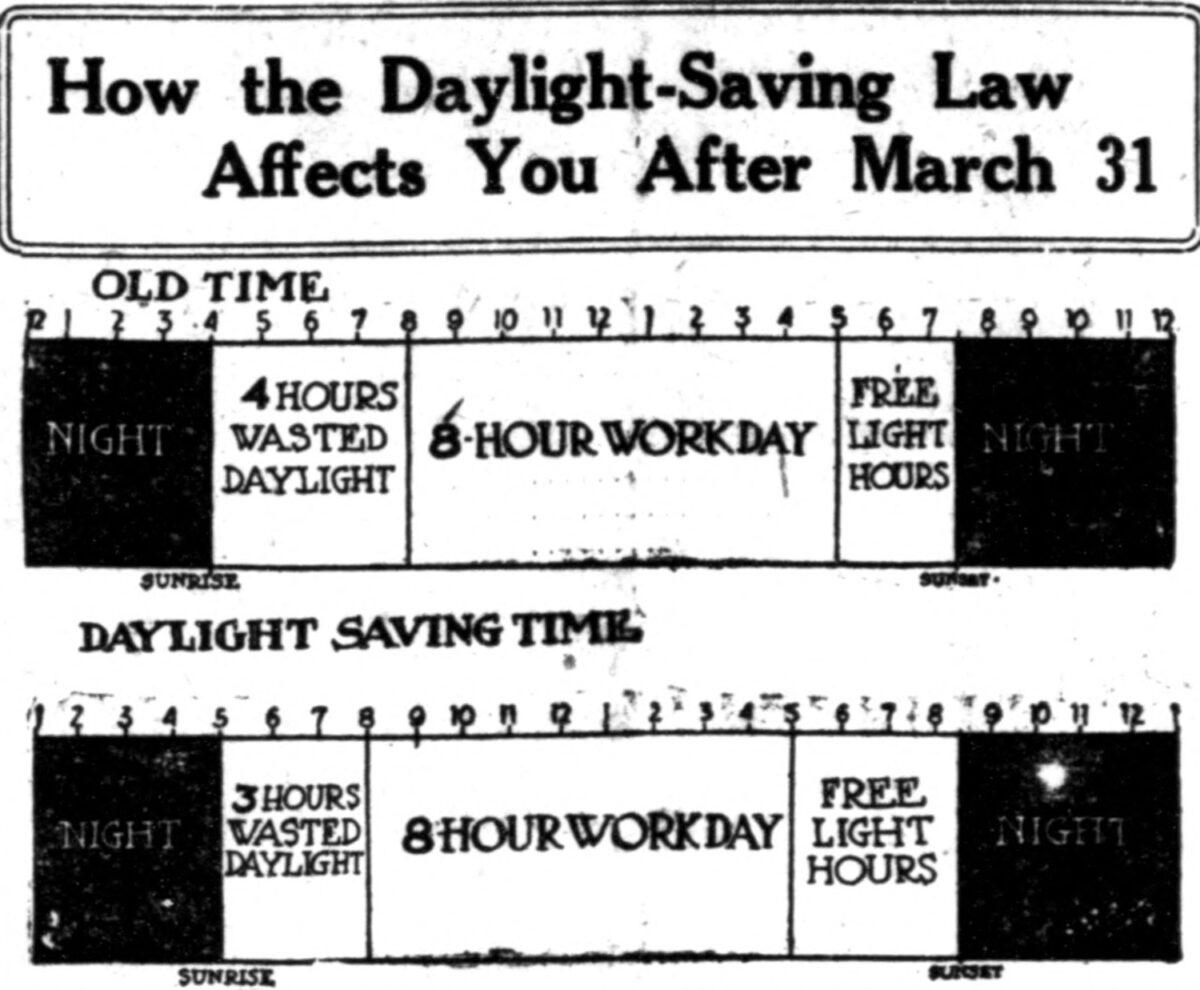
Daylight Saving Time in the U.S. was first established in 1918, but the law was repealed a year later. This March 1918 graphic published by The Washington Herald depicted how the change would affect daily schedules.
Dijk is frustrated that focus on DST overlooks harder questions about the built environment and how we choose to live and work. “The more general question is how the heck do we actually come up with our work schedules and social schedules, which basically determine to what extent we make use of natural light versus man-made light?” said Dijk. Aligning our sleep and work schedules with the light that is available for free would not only be better for us, but, because we’d use less electricity to power devices late into the night, better for the planet.
Doing so goes far beyond the details of the daylight saving debate — although it involves changes that are not so easily legislated by Congress.
Like many other researchers, Dijk advocates for adjusting school-start times and allowing flexible work schedules so that people don’t have to get up before sunrise. In the time-zone study by Giuntella and colleagues, for example, when people could sleep later in the morning — because they were unemployed or started work later — they didn’t seem to experience the negative effects of living with later sunsets.
And, although it sounds like a radical idea, states could also adjust time-zone boundaries. “I don’t think we want 10 time zones, but maybe we add one for the Northeast,” said Malow. Because the New England states are so far east, winter sunsets come early — before 4 p.m. in December in parts of Maine.
“We, to a large extent, have divorced our activity schedules from the natural light-dark cycle.”
And then there is the question of whether so-called ETLs would better align with the time zone to their west. For example, Malow lives in the Nashville area in Central Time, but part of the state juts into Eastern time. “If we could get Eastern Tennessee into Central Time, that would solve a lot of problems,” she said. As it is, if the country shifts to permanent DST, the cities of Chattanooga and Knoxville wouldn’t see the sun until nearly 9 a.m. in January or darkness until nearly 10 p.m. in June.
Chronobiologist Till Roenneberg and colleagues have also suggested redrawing time-zone boundaries in Europe, which in some cases are even more skewed than those in the U.S.
Ideally, Malow would like to see all of the above — flexible schedules, adjusted time zones, and permanent ST. “It’s important to look at the whole picture, and for us to figure something out,” said Malow. She’s somewhat hopeful as the discussions about how we mark time are not particularly partisan and changes wouldn’t cost much if anything.
It could even bring people together across the political divide, said Malow. “Wouldn’t that be great?” she said. “Stopping the clock back and forth could be the great unifier in our country.”
UPDATE: A previous version of this piece said one study estimated that “eccentric time localities” — regions that accommodate their time zone for cities and towns, rather than following longitudinal lines — would have experienced 70,000 fewer fatalities over 12 years had they followed the geographic time zone instead. The study, in fact, estimated about 15,000 fewer deaths.








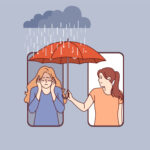

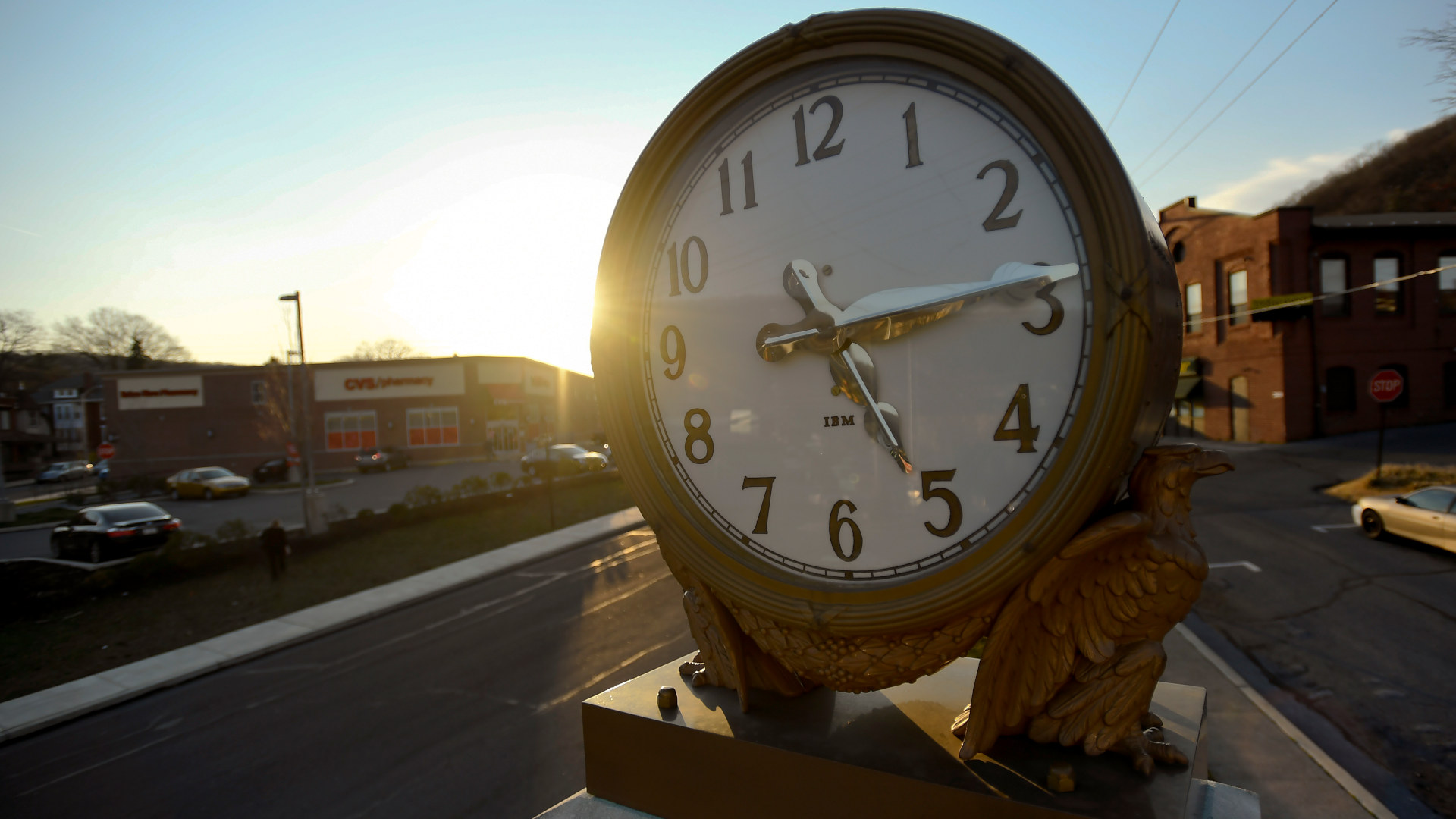
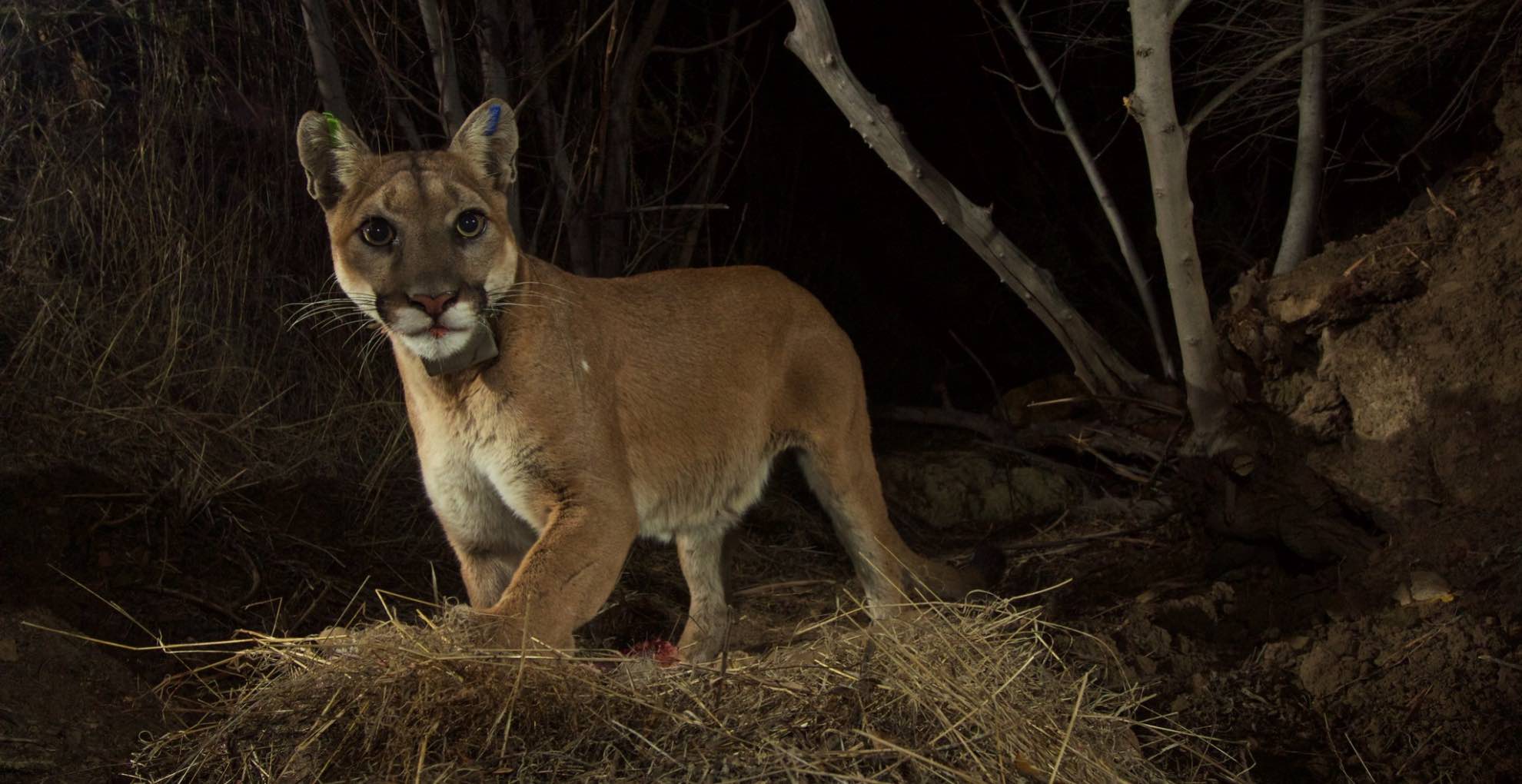
Comments are automatically closed one year after article publication. Archived comments are below.
Well of course politicians favor day light savings. They all have a hand in stocks. And people spend more money when days are longer. They stay out longer. But more gas. Go places more. Energy bills sky rocket with longer days in hot places. So yeh the politicians profit from all the money we spend in the long summer days. Because they hold shares in all the stocks of the things we buy. Of course they would be for Daylight savings
The place to do research is Malaysia which has one time zone and sunrise and sunset vary little through the year since we are almost on the Equator. Today sunrise in Sandarkan the easternmost town is 6.14am and Georgetown 7.25am , the westernmost one and a quarter hours later. No one complains. The variation in sunrise and sunset time is about 30 minutes based mainly on the Equation of Time. The variation in day length through the year is about 12 minutes.